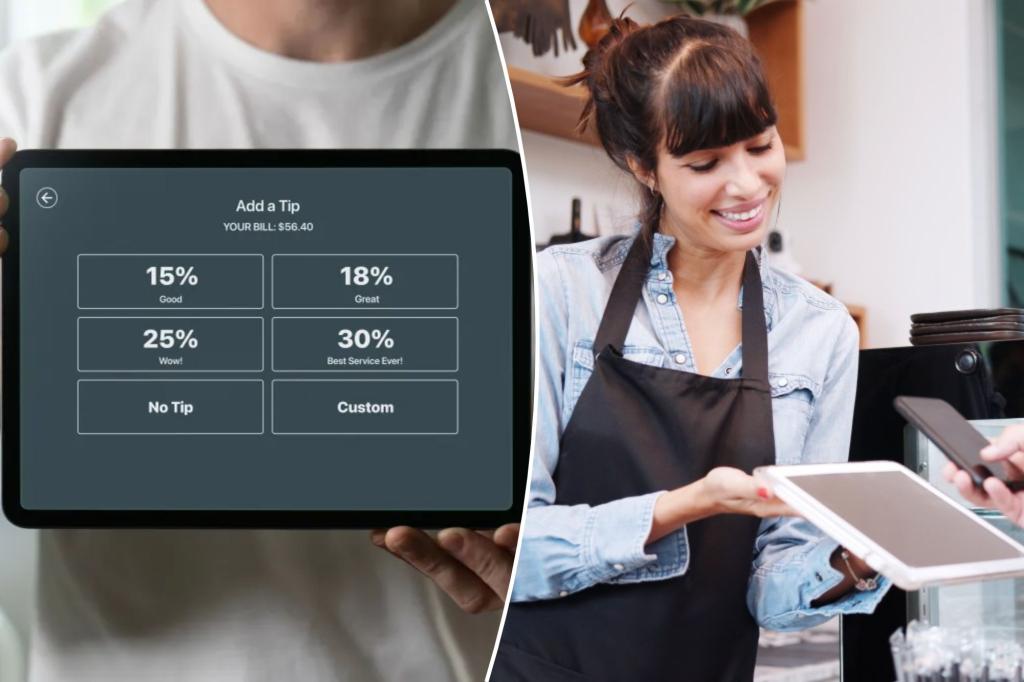A recent survey conducted by SpotOn, a restaurant technology and mobile payment company, revealed that tablet-style payment methods have not significantly increased tips for servers. Only 8% of industry professionals reported receiving better tips as a result of electronic tipping, while 64% claimed it had no impact. In fact, 28% of respondents stated that the use of these machines was actually hurting their tips. Furthermore, 45% of servers acknowledged that a significant portion of their income, between 25% and 75%, comes from gratuities.
Kevin Bryla, the chief marketing officer for SpotOn, commented on the findings, noting that the increased visibility of tipping options may give customers the impression that tipping has become more prevalent. He explained that many industry professionals have had to adjust their approach to customers in light of these new payment methods. Some servers simply leave the device at the table and walk away, while others make a point to verbally reassure patrons that they should tip as they see fit, without feeling pressured. The transition to electronic tipping has required behavioral adjustments for both customers and servers.
The survey also indicated that a majority of servers, 89%, prefer to receive cash tips over electronic payments. Additionally, expectations regarding tip amounts have changed, with only one in five workers anticipating a 20% tip. This shift in tipping habits has led to a sense of frustration among customers experiencing “tip fatigue,” longing for the simplicity of traditional cash tips. Despite the convenience of tablet-style payments, it appears that the emotional burden on customers to tip has not translated into significantly increased earnings for servers.
The use of electronic tipping methods has sparked debate within the restaurant industry regarding the impact on tipping practices. While some servers have seen no change in their tips, others have experienced a decrease in earnings as a result of these new payment options. Restaurant professionals have had to navigate this shift in customer behavior, finding new ways to communicate with patrons about tipping expectations. Although the visibility of digital tipping options has increased, it has not necessarily resulted in higher gratuities for servers, highlighting the complexities of implementing new technology in traditional service industries.
As the trend of electronic tipping continues to grow, it is clear that both servers and customers are navigating uncharted territory when it comes to gratuities. The survey results suggest that while some servers have adapted to the new payment methods, others are facing challenges in maintaining their income levels. The preference for cash tips among servers underscores the importance of understanding the motivations and preferences of those in the service industry. Ultimately, the impact of electronic tipping on tipping practices remains a topic of ongoing discussion and analysis within the restaurant community as stakeholders seek to strike a balance between convenience and fair compensation for service professionals.


